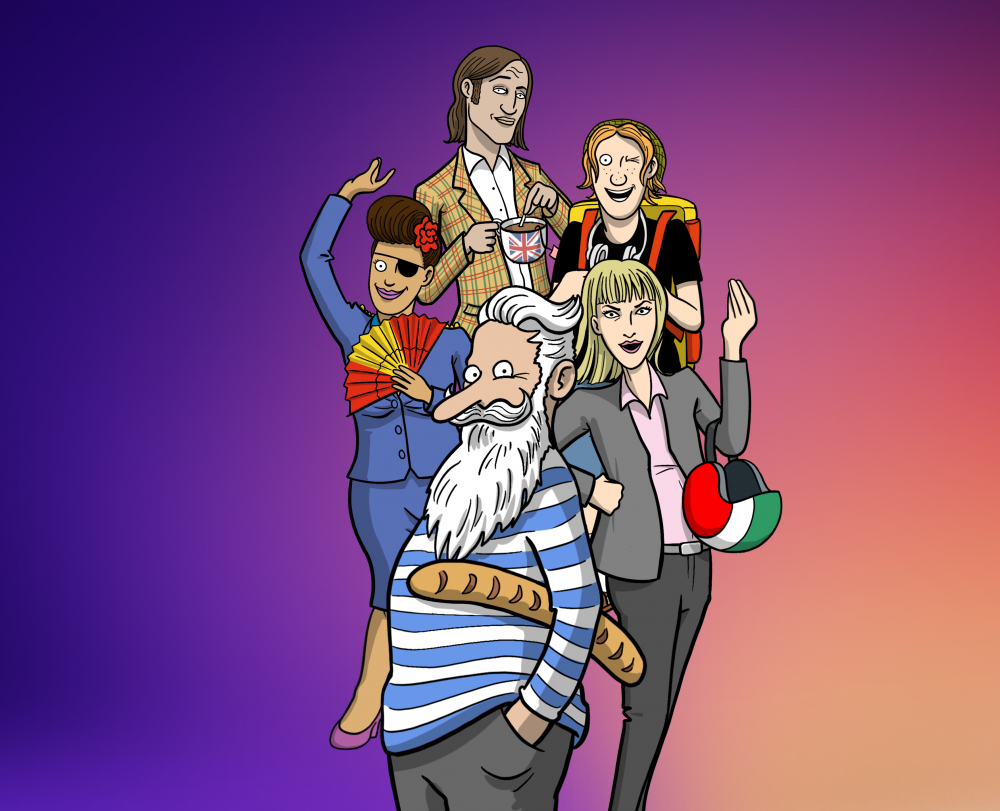The passive voice
The passive voice is usually constructed with the verb ser (to be) + past participle + por (by)
Las tapas son comidas por Nacho.
The tapas are eaten by Nacho.
Las tapas fueron hechas por Carolina.
The tapas were made by Carolina.
Ser is conjugated in the same tense as the verb used in the active voice sentence.
El gato comió un ratón (comió = pretérito indefinido) → Un ratón fue comido por el gato (fue = pretérito indefinido).
The cat ate a mouse (past tense) → A mouse was eaten by the cat (past tense).
El gato ha comido un ratón (ha comido = pretérito perfecto) → Un ratón ha sido comido por el gato (ha sido = pretérito perfecto).
The cat has eaten a mouse (present perfect tense) → A mouse has been eaten by the cat (present perfect tense).
The past participle agrees with the subject in terms of gender (♂♀) and number (singular, plural).
El cuadro fue pintado por Velázquez.
The picture was painted by Velázquez.
La bufanda será tejida a mano.
The scarf will be hand knitted.
Notes:
- In the passive voice, as in English, the subject does not perform the action, but receives the action expressed by the verb.
Alfonso Cuarón dirigió la película. → La película fue dirigida por Alfonso Cuarón (enfatizamos en la película, que recibe la acción de Alfonso Cuarón).
Alfonso Cuarón directed the movie → The movie was directed by Alfonso Cuarón (we’re emphasizing la película (the movie), which receives the action).
- In the passive voice, we don't always know (or care) who carries out the action.
Todos los vuelos fueron cancelados (no sabemos por quién).
All flights were cancelled (we don’t know who cancelled them).
Still facing difficulties with 'The passive voice'? Learn and enhance your Spanish grammar through our online Spanish course. Start with a free test and improve today!
What our users say:
Improve your Spanish further and test Hotel Borbollón, online Spanish lessons.

